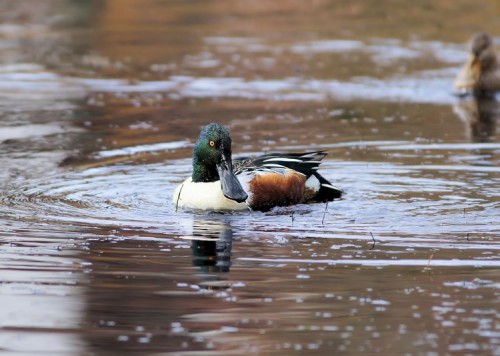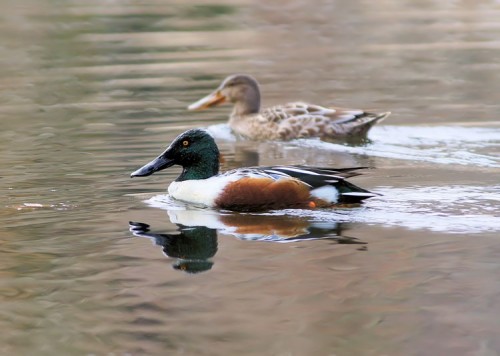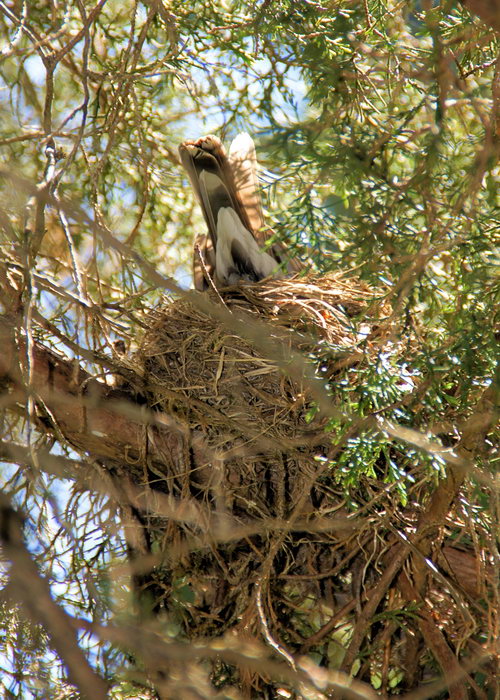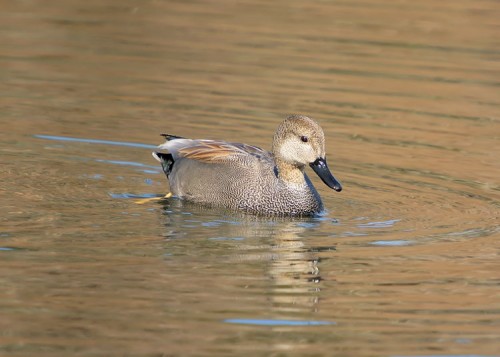Tuesday, December, 18, 2012,
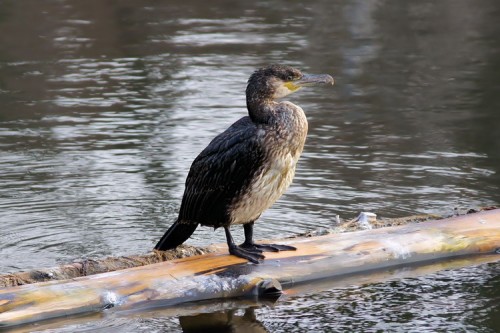 I took this pic three weeks ago but I was unsure what it was so I was bit hesitant about posting it. When I first came upon it, I knew it was a cormorant. Their body shapes are pretty much unmistakeable. And as most of the cormorants I ever see are the Double-crested ones, my first thought was “what the heck are you still doing here?!?” This guy was bit thicker in build than my “usual” cormorants, not to mention he was out of season so I got to thinking that, maybe, just maybe, I had managed to capture a new-to-me species. This is always a cool thing. Many of my birder friends keep lists of the birds they’ve see. I don’t count them till I manage to get a pic of them. This not so much because I hold myself to higher standards than other birders, but, rather, it’s because I am a lousy birder. I am probably the worst birder in Audubon. I don’t trust myself or my identifications. Look, I just take the pictures. This is, in fact, how I got involved with Audubon in the first place. I would send pics out to my birder friends asking for species identifications. Next thing I know, I’m the photographer for the Four Harbors Audubon Society. Not that this is a bad thing. Now I know even more folks to query about birds I can’t identify. Plus, all those wonderful folks are forever pointing me to good places to take my camera.
I took this pic three weeks ago but I was unsure what it was so I was bit hesitant about posting it. When I first came upon it, I knew it was a cormorant. Their body shapes are pretty much unmistakeable. And as most of the cormorants I ever see are the Double-crested ones, my first thought was “what the heck are you still doing here?!?” This guy was bit thicker in build than my “usual” cormorants, not to mention he was out of season so I got to thinking that, maybe, just maybe, I had managed to capture a new-to-me species. This is always a cool thing. Many of my birder friends keep lists of the birds they’ve see. I don’t count them till I manage to get a pic of them. This not so much because I hold myself to higher standards than other birders, but, rather, it’s because I am a lousy birder. I am probably the worst birder in Audubon. I don’t trust myself or my identifications. Look, I just take the pictures. This is, in fact, how I got involved with Audubon in the first place. I would send pics out to my birder friends asking for species identifications. Next thing I know, I’m the photographer for the Four Harbors Audubon Society. Not that this is a bad thing. Now I know even more folks to query about birds I can’t identify. Plus, all those wonderful folks are forever pointing me to good places to take my camera.
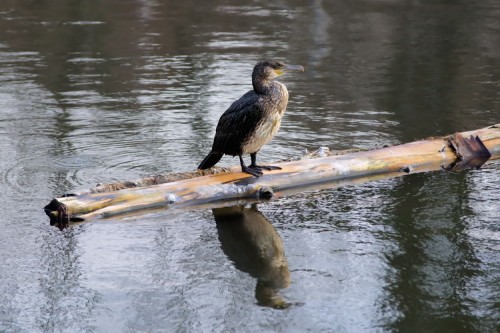
Looking through my Sibley’s it seemed to me that maybe I had captured a juvenile Great Cormorant. However, on this occasion my friends at Four Harbors were non-committal. A couple of them were even wiseguys, despite the fact that that’s my job. So I posted this pic at Audubon New York’s Facebook page. These folks have come through for me before and they did this time as well. And, as it turns out, I managed to guess this guy’s identity correctly. He is indeed a juvenile Great Cormorant. Woo hoo! Always nice to get a new species under my belt. JK
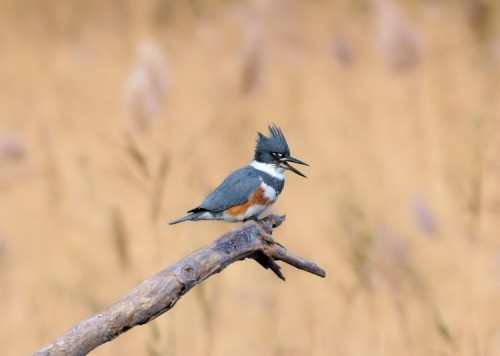 This is a female Belted Kingfisher. You can tell because males don’t sport that rusty coloration on their bellies and sides. The males are all white below that slate-blue ‘belt’ across their chest. These ‘Blue Jays on steroids’ as I like to describe them are amazing hunters. They wait by rivers, lakes, basically anywhere there’s small fish to be found, and then they dive head-first to grab fish from near the surface. That’s how they make use of that powerful bill. Small fish or not, this strikes me as a fearless way to make a living and these birds have always impressed me. I love to watch them at work. JK
This is a female Belted Kingfisher. You can tell because males don’t sport that rusty coloration on their bellies and sides. The males are all white below that slate-blue ‘belt’ across their chest. These ‘Blue Jays on steroids’ as I like to describe them are amazing hunters. They wait by rivers, lakes, basically anywhere there’s small fish to be found, and then they dive head-first to grab fish from near the surface. That’s how they make use of that powerful bill. Small fish or not, this strikes me as a fearless way to make a living and these birds have always impressed me. I love to watch them at work. JK 


